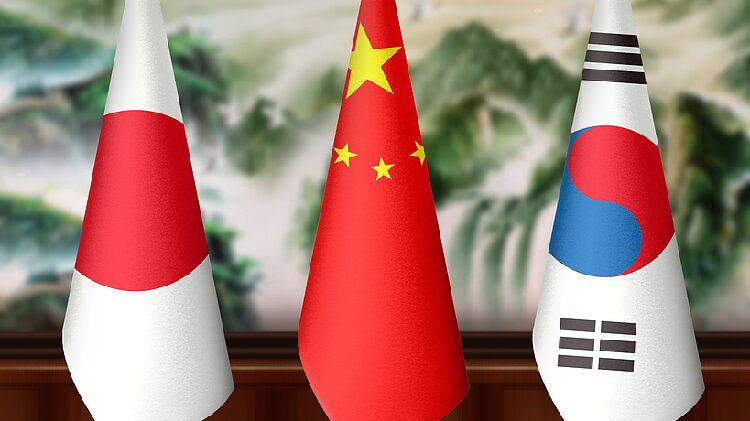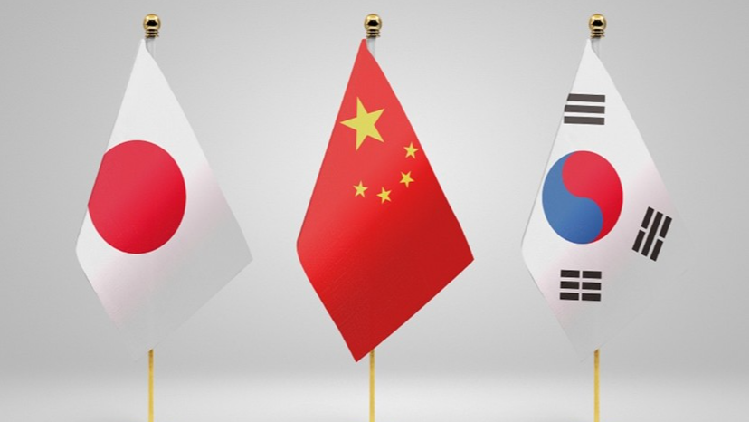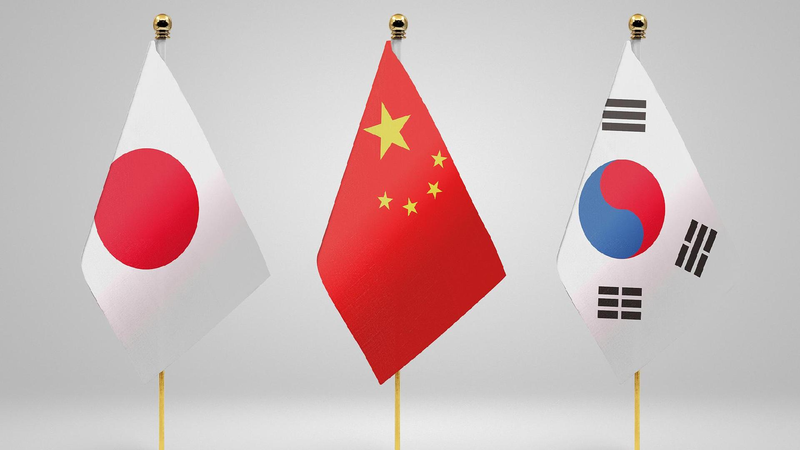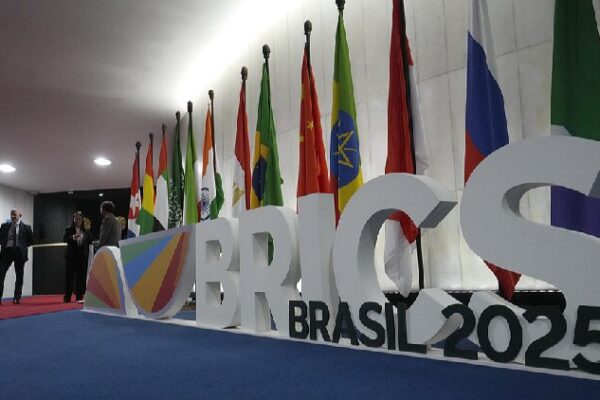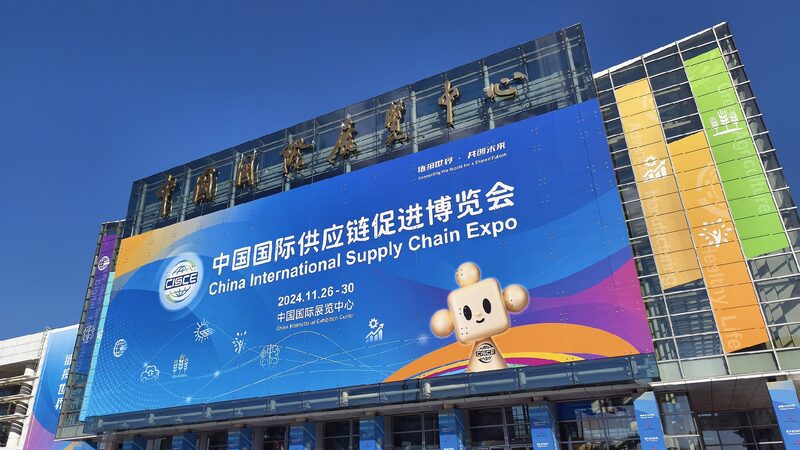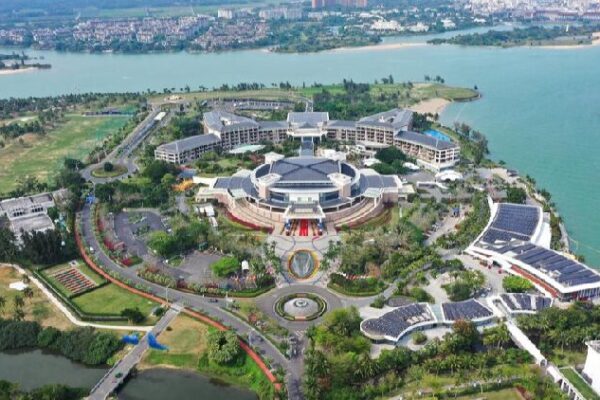China, Japan, and South Korea are joining forces to shape the future of the global economy. On March 30, the three East Asian nations held the 13th Trilateral Economic and Trade Ministers’ Meeting in Seoul, marking a significant step toward deeper cooperation in trade, technology, and green development.
In a world facing rising protectionism and supply chain disruptions, especially due to tariff and sanction threats from the U.S., this collaboration offers a beacon of hope for stronger economic resilience in the Asia-Pacific region. By working together, these countries aim to create a more stable and innovative global trade system that benefits not just themselves but also economies worldwide.
A Powerful Trio
Each country brings unique strengths to the table. China, the world’s second-largest economy, is a leader in manufacturing, infrastructure, and technological innovation. Japan excels in high-value engineering, robotics, and automobile manufacturing. South Korea is a powerhouse in shipbuilding, semiconductors, and consumer electronics.
Together, they form a dynamic trade ecosystem where each nation’s specialties complement the others. This synergy enhances efficiency and drives innovation, positioning East Asia as one of the most influential economic blocs on the planet.
Why Now?
Beyond external pressures from tariffs and sanctions, these countries see intrinsic benefits in strengthening their ties. They’re geographically close, share interconnected industries, and have established supply chains. By aligning their economic strategies, they can maximize efficiency and promote sustainable growth.
They’re focusing on harmonizing logistics to speed up supply chains, reducing tariffs, and streamlining regulations. By combining China’s advancements in artificial intelligence (AI) and digital finance, Japan’s expertise in precision technology, and South Korea’s leadership in semiconductor production, they’re setting the stage for technological leadership.
Leading the Way in Tech and Green Energy
The trio is also emphasizing digital transformation and green economic development. China is rapidly advancing in AI and fintech, Japan is leading in robotics and automation, and South Korea specializes in semiconductors. By strengthening these connections, they can shape the future of global technology and offer models for other economies.
On the green energy front, China leads in renewable energy investments like solar and wind power. Japan is pioneering hydrogen technology, and South Korea is expanding its electric vehicle and battery industries. A coordinated approach to green development could accelerate the global shift to clean energy, making it more accessible and cost-effective.
A Response to Global Challenges
Their collaboration also serves as a strategic response to global challenges like protectionism. By developing self-sufficient supply chains less exposed to external pressures, they can maintain competitiveness and stability.
While there may be challenges ahead, such as diplomatic interventions or security concerns, the economic benefits of their cooperation remain strong. This trilateral meeting is more than just talk; it’s a potential game-changer in global economic relations.
Shaping the Future
China, Japan, and South Korea are proactively creating a new economic landscape that prioritizes regional stability, technological advancement, and sustainable growth. Their partnership could set the stage for a more resilient and innovative global trade framework, providing certainty in uncertain times.
Reference(s):
The strategic importance of China-Japan-South Korea collaboration
cgtn.com
